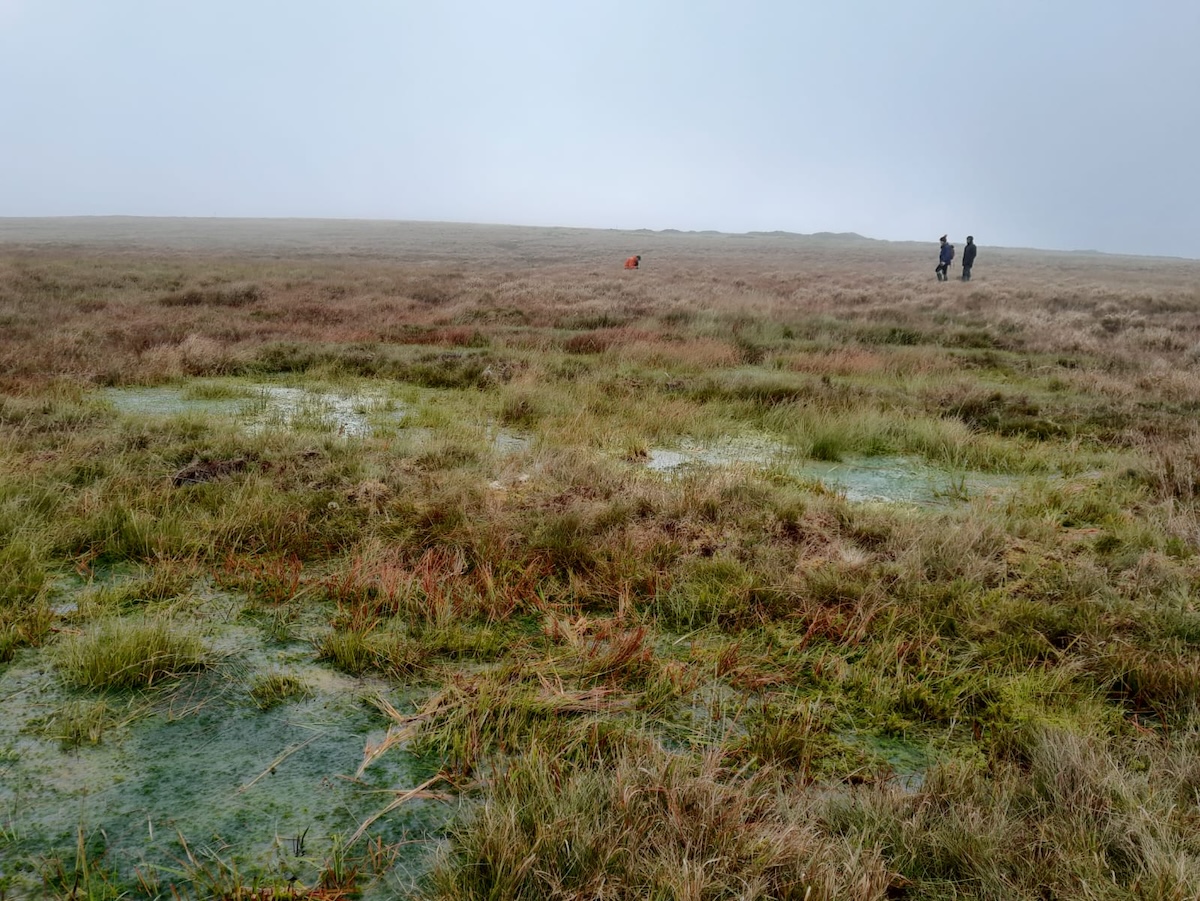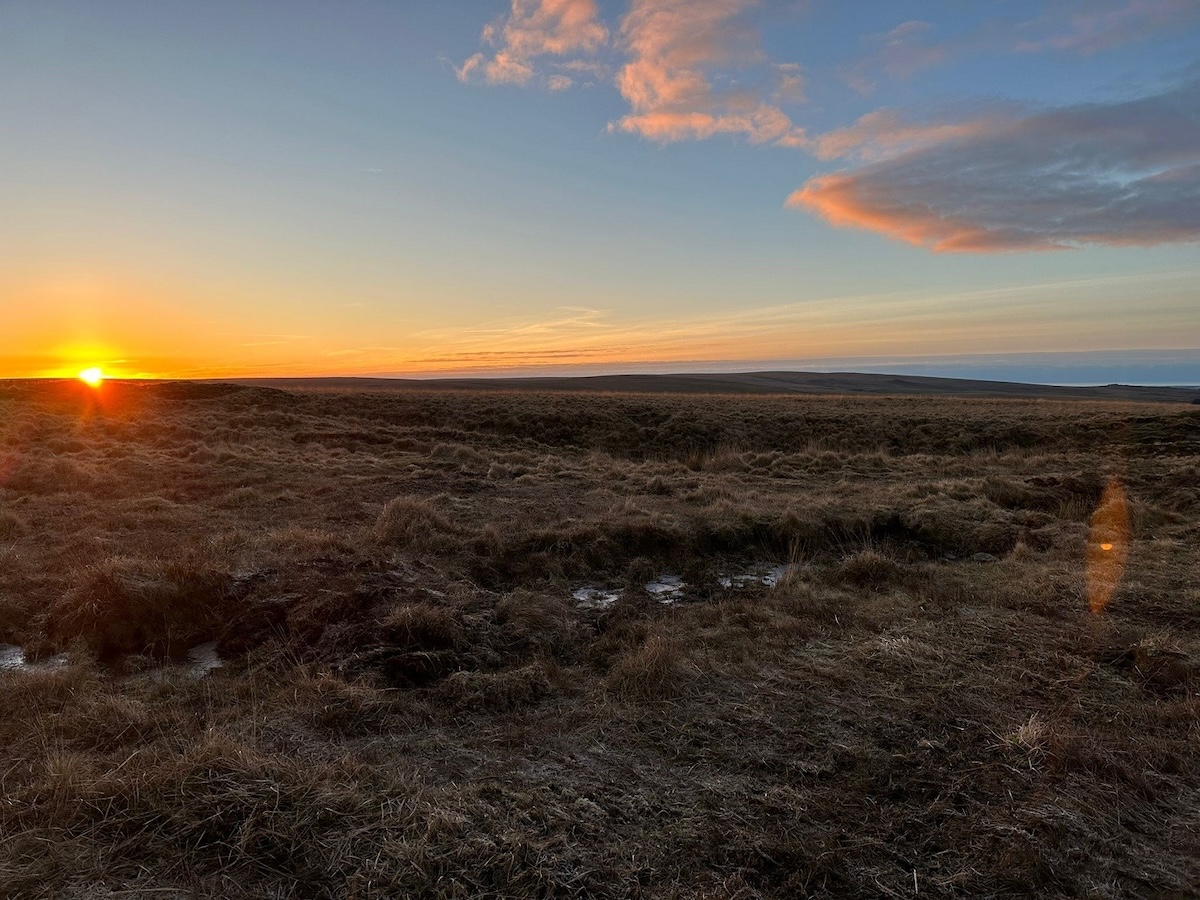A large-scale project to restore damaged and degraded peatland has kicked off at South West Water’s Burrator Reservoir.
The work, being carried out by the South West Peatland Partnership (SWPP), will see a range of interventions introduced at the 208-acre site to slow down the flow of water and create the right conditions for peat to form once again.
The peatlands in the South West provide many benefits. They protect water quality in rivers and reservoirs by preventing run-off from the land. They also store carbon and provide habitats for wildlife, aiding biodiversity.

The peatland at Burrator has been damaged by past interventions including peat cuttings, tin-streaming and military activities, which has impacted its ability to store water.
Techniques being used by SWPP at Burrator include creating dams to block gullies and stop water draining from the land, and using willow to slow the flow of water, create wildlife habitat and reduce further peat erosion.
The work has been funded by South West Water and Natural England’s Nature for Climate Peatland Grant Scheme.
Morag Angus, Peatland Partnership Project Manager at South West Water, said: “Peatlands are really important ecosystems. Between April 2020 to March 2023, the SWPP restored over 1,000 hectares of peatland and we are already seeing great results. Areas of once dry peatland are now covered in blankets of sphagnum moss and pools of water with dragonflies and birdlife, even during the hottest months of the 2022 summer drought.
“The peatlands at Burrator Reservoir have been negatively impacted by past interventions. The long-term goal of our work is to encourage the return of bog species to the site and for the site to become peat-forming once again.”
Wesley Smyth, Natural England Deputy Director for Devon, Cornwall and Isles of Scilly said: “Dartmoor has internationally important peatlands and blanket bogs. Unfortunately, the impact of historic drainage management means many of these peatlands now require restoration so that they once again become active peat building systems. The work on Burrator Reservoir is a great example of work being done to restore Dartmoor’s precious peatlands.”
Carolyn Cadman, Director of Natural Resources at South West Water, said: “The work of the SWPP forms an important part of our pioneering catchment management programme, Upstream Thinking. Through this initiative we are working with partners in drinking water catchments to manage water quality at source whilst protecting fragile upland habitats. Over the next five-year period, we aim to expand Upsteam Thinking to 146,500 hectares to create and restore habitat, delivering nature-based solutions to meet future challenges for the region.”
The South West Peatland Partnership is a £13 million project delivering peatland restoration in the South West of England. It is a collaboration between South West Water, local and regional government agencies, non-governmental organisations, businesses, landowners and farmers.

As well as helping to increase resilience to climate change, the ongoing initiative aims to improve the quality and quantity of water flowing from peatlands, enhance wetland habitats and diversify wildlife species, reduce carbon emissions from peat and protect the upland historic environment.
Related articles:
South West Water – a step closer to creating 500 new jobs







